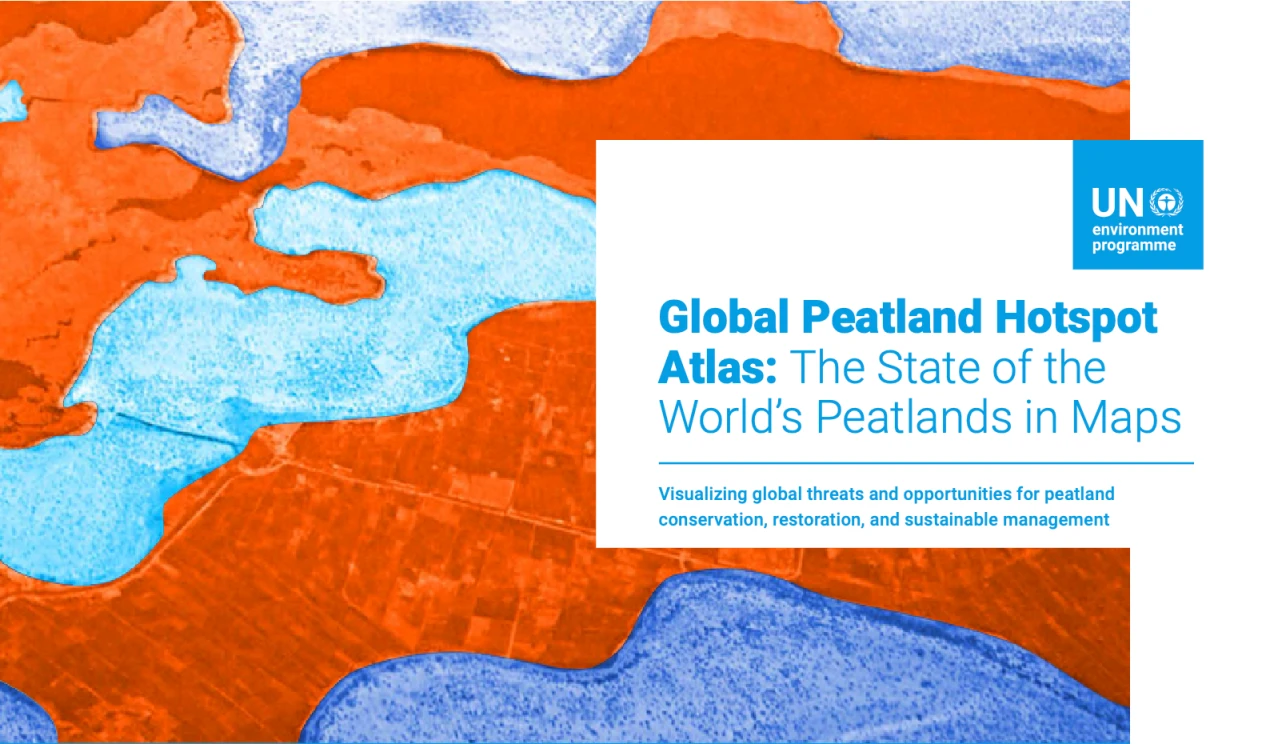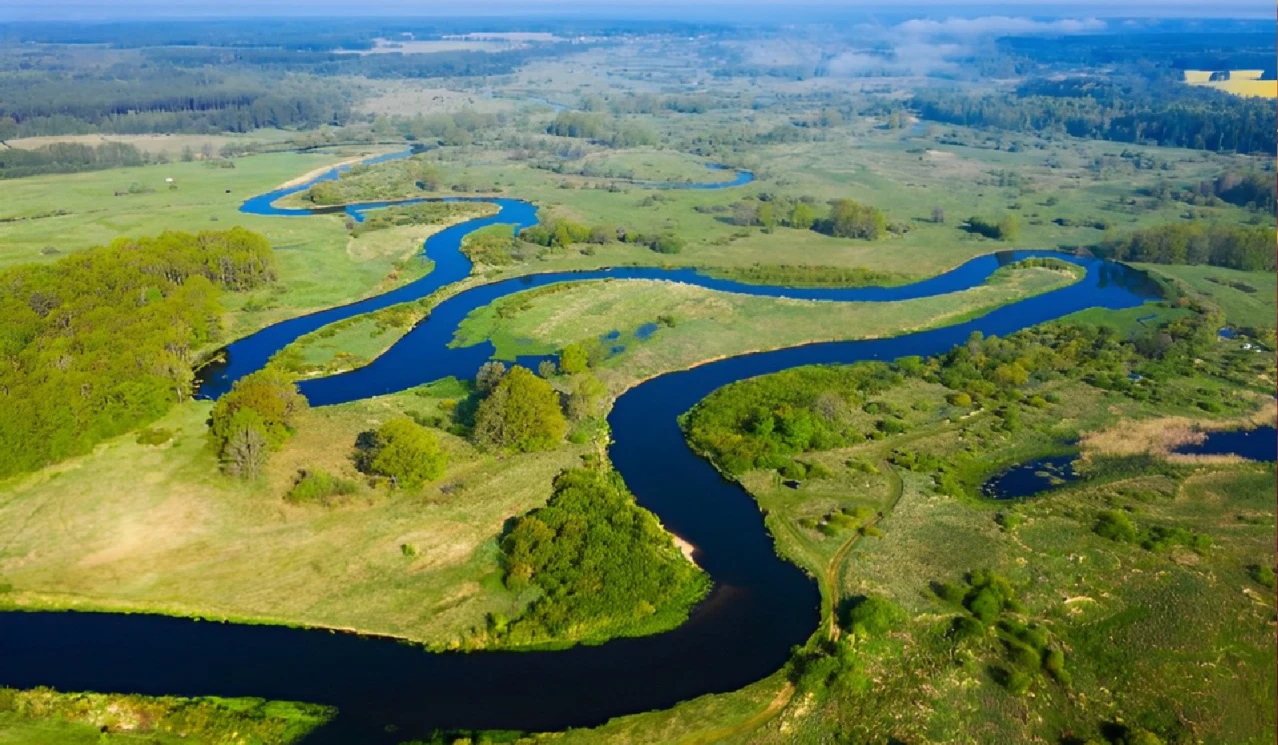Peatlands are terrestrial wetland ecosystems in which waterlogged conditions prevent plant material from fully decomposing.
- Consequently, production of organic matter exceeds its decomposition, which results in a net accumulation of peat.
Key findings of Study:
- Limited Protection: Only 17% of peatlands fall within protected areas. Just over half of protected peatlands are under strict protection.
- Protection Varies by Biome: Boreal peatlands are 16% protected in comparison to temperate peatlands which are 27% protected.
- Tropical peatlands are also 27% protected with 8% strictly protected.
- Regional and Country-Level Disparities: China and India show higher peatland protection.
- Underprotected Compared to Other Ecosystems: Mangroves are 42% protected, salt Marshes are 50% protected while tropical forest is 38% protected.
Significance of Peatlands
- Largest Carbon store on Land: While occupying just 3% of Earth’s land surface.
- Natural Buffer: Act as natural water filters and buffers for environmental disasters.
- Biodiversity conservation and Livelihood Protection: Home to diverse freshwater fish and endangered species, also provide food and fuel for local communities.
Threats to Peatlands
- Drainage and Land conversion: Damaged peatlands are a major source of greenhouse gas emissions, almost 5% of global anthropogenic CO2 emissions.
- Overgrazing: In mountainous areas peat can be vulnerable to degradation through overgrazing.
- Peat Extraction: Used as fuel and for horticulture, leading to habitat destruction.
Initiatives for Protecting Peatlads
|





